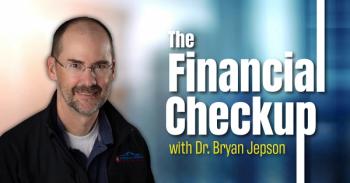
Study: U.S. health insurance market highly concentrated
Health insurers having so much market power due to concentration can harm patients.
The U.S. health insurance market is highly concentrated, which could have a negative impact on patients seeking care.
A
Meanwhile, in 91 percent of MSA-level markets at least one insurer had a commercial market share of 30 percent or greater. In 46 percent of markets a single insurer’s market share was 50 percent or more, and in 10 percent of markets a single insurer had a market share of 70 percent or greater.
The analysis found that 54 percent of
On the national level, the analysis found the insurers with the highest market share didn’t change much between 2014 and 2020, with UnitedHealth Group holding the top spot with 15 percent market share. Next were Anthem with 12 percent, Aetna with 11 percent, and Cigna with 10 percent. Kaiser unseated HCSC for the fifth largest market share by rising to 7 percent, according to the study.
These highly concentrated markets are ripe for insurers to exercise market power, which the study warns could harm consumers and providers.
“Our findings should prompt federal and state antitrust authorities to vigorously examine the competitive effects of proposed mergers involving health insurers,” the study says.
Insurance and medical debt
As
According to findings from the Commonwealth Fund Health Care Coverage and COVID-19 Survey, which was fielded from March to June and included responses from 5,450 adults, about 10 percent of adult Americans were uninsured in the first half of the year. These rates were higher among Latinx/Hispanic (20 percent) and Black (11 percent) respondents.
Nearly half of the respondents say they had been directly affected by the pandemic by either catching COVID-19, losing income, or losing employer coverage. A further six percent of working-age respondents say they lost their employer health insurance because of job loss tied to the COVID-19 pandemic. Of these respondents, 67 percent reported they gained other health coverage, the survey says.
About 38 percent of respondents reported having a medical bill problem or were paying off medical debts. Among uninsured respondents, 50 percent reported having a bill problem or medical debts, compared to 36 percent of insured respondents. Those respondents directly affected by the pandemic reported problems with billing and medical debt at higher rates than those not directly affected by COVID-19, according to the survey.
Of those respondents with medical bill and debt problems, 35 percent say they’ve used up all or most of their savings, 35 percent took on credit card debt, 27 percent were unable to pay for basic necessities, and 23 percent delayed education or their career plans, the survey says.
Newsletter
Stay informed and empowered with Medical Economics enewsletter, delivering expert insights, financial strategies, practice management tips and technology trends — tailored for today’s physicians.














